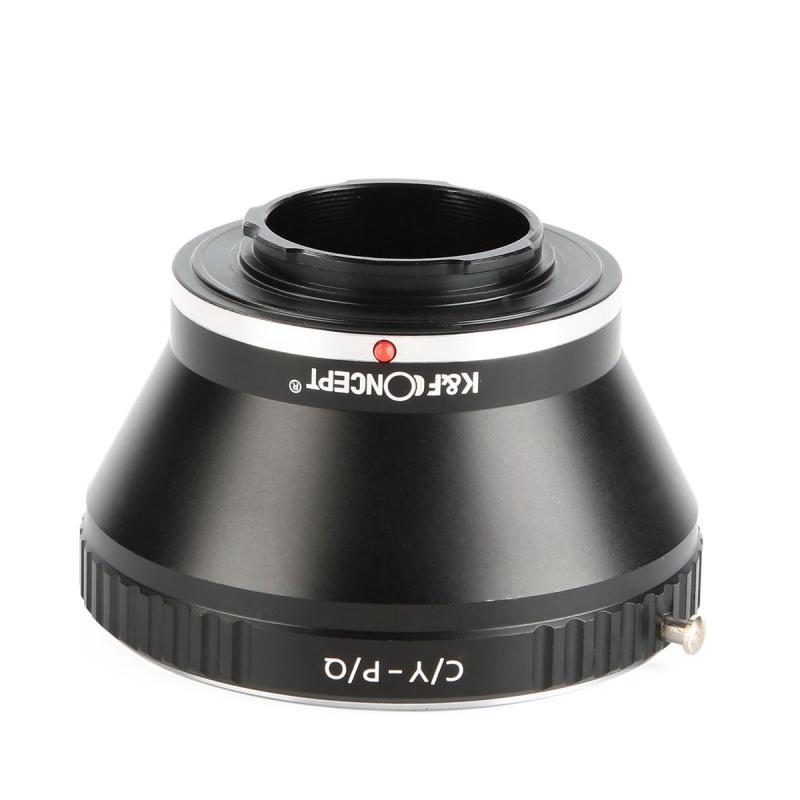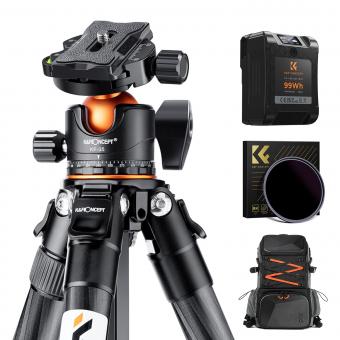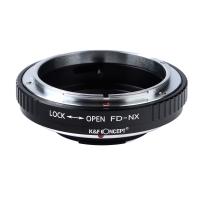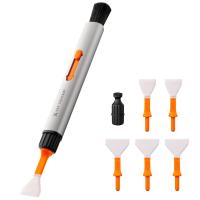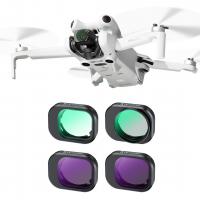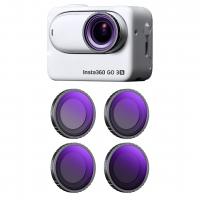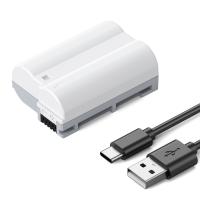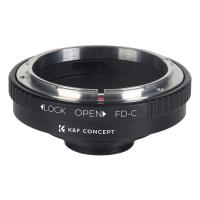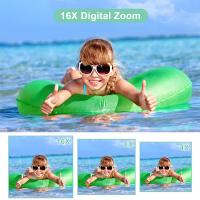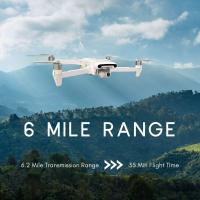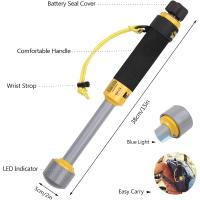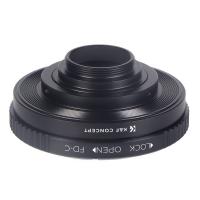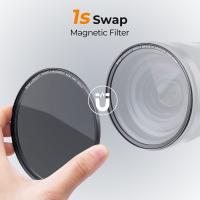What To Look For When Buying A Tripod ?
When buying a tripod, there are several factors to consider. First, consider the tripod's stability and weight capacity. Look for a tripod that can support the weight of your camera and lens without wobbling or tipping over. Next, consider the tripod's height and adjustability. Make sure it can reach the desired height for your shooting needs and has adjustable legs and center column for flexibility. Additionally, consider the tripod's build quality and durability. Look for sturdy materials and solid construction that can withstand regular use. Other factors to consider include the tripod's portability, ease of use, and compatibility with your camera equipment. Finally, consider your budget and choose a tripod that offers the best value for your money.
1、 Height and stability
When buying a tripod, there are several factors to consider to ensure you make the right choice. Height and stability are two crucial aspects that should be at the top of your list.
Firstly, consider the height of the tripod. It is important to choose a tripod that can be adjusted to your desired shooting height. Look for a tripod that offers a good range of height options, allowing you to shoot comfortably from various angles and perspectives. This is particularly important if you are shooting in different environments or if you frequently change your shooting style.
Secondly, stability is paramount. A stable tripod is essential for capturing sharp and clear images. Look for a tripod that is made from high-quality materials such as aluminum or carbon fiber, as these materials provide excellent stability while being lightweight. Additionally, check for features like a sturdy center column and robust leg locks to ensure the tripod remains steady even in windy conditions or when using heavy camera equipment.
In addition to height and stability, it is worth considering some other factors when buying a tripod. One such factor is the weight of the tripod itself. If you plan on traveling frequently or shooting on location, a lightweight tripod will be more convenient to carry around. Another consideration is the tripod's load capacity. Ensure that the tripod can support the weight of your camera and any additional accessories you may use, such as telephoto lenses or external flashes.
Furthermore, look for additional features that may enhance your shooting experience. Some tripods offer a detachable monopod, which can be useful in certain situations. Others may have a built-in level or a hook for hanging a weight bag to increase stability. These features can add convenience and versatility to your tripod.
In conclusion, when buying a tripod, prioritize height and stability. Consider the tripod's height range, stability features, weight, load capacity, and any additional features that may suit your shooting needs. By carefully considering these factors, you can make an informed decision and choose a tripod that will enhance your photography or videography endeavors.

2、 Weight and portability
When it comes to buying a tripod, there are several factors to consider to ensure you make the right choice. One of the most important aspects to look for is weight and portability. A lightweight and portable tripod is essential for photographers who are constantly on the move or travel frequently. Carrying heavy equipment can be a burden and may limit your ability to explore different locations or capture spontaneous moments.
The weight of a tripod is determined by the materials used in its construction. Carbon fiber tripods are known for their lightweight nature, making them a popular choice among photographers. They are durable, sturdy, and can withstand various weather conditions. However, they tend to be more expensive compared to aluminum tripods. Aluminum tripods, on the other hand, are more affordable but can be heavier.
Portability is another crucial factor to consider. Look for tripods that are compact and easy to fold. Some tripods come with a carrying case or a bag, which makes transportation even more convenient. Additionally, consider the size of the tripod when it is fully extended. A taller tripod can be advantageous for capturing shots from different angles or in crowded areas.
In recent years, there has been a rise in the popularity of travel tripods. These tripods are specifically designed to be lightweight and compact, making them ideal for photographers who are always on the go. They often feature innovative designs such as foldable legs or removable center columns to reduce their overall size.
In conclusion, when buying a tripod, weight and portability should be at the top of your list. Consider the materials used, such as carbon fiber or aluminum, and look for compact and foldable designs. With the latest advancements in tripod technology, there are now more options than ever to suit the needs of photographers of all levels.
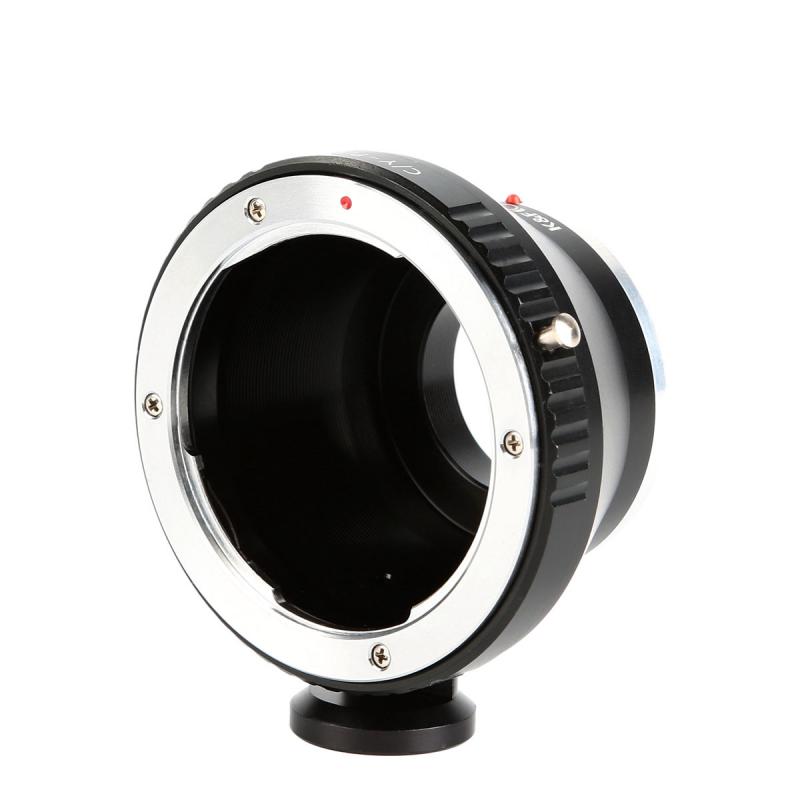
3、 Material and construction quality
When buying a tripod, there are several factors to consider to ensure you make the right choice. One of the most important aspects to look for is the material and construction quality of the tripod.
The material of the tripod plays a crucial role in its durability and stability. Tripods are commonly made from aluminum, carbon fiber, or a combination of both. Aluminum tripods are generally more affordable and offer decent stability. However, they can be heavier and less resistant to vibrations. On the other hand, carbon fiber tripods are lightweight, sturdy, and absorb vibrations better, but they tend to be more expensive.
Construction quality is equally important. A well-constructed tripod will have sturdy legs that can be extended and locked securely. Look for tripod legs with multiple sections, as they offer more flexibility in adjusting the height. Additionally, check the quality of the leg locks and ensure they are easy to operate and provide a firm grip.
Another aspect to consider is the tripod head. There are different types of tripod heads, including ball heads, pan-tilt heads, and gimbal heads. Each has its own advantages and disadvantages, so choose one that suits your specific needs. Ensure that the tripod head is smooth and easy to adjust, allowing for precise positioning of your camera.
Lastly, consider the weight and portability of the tripod. If you plan on traveling frequently or shooting on location, a lightweight and compact tripod will be more convenient. However, keep in mind that lighter tripods may sacrifice some stability.
In conclusion, when buying a tripod, pay close attention to the material and construction quality. Consider the type of material, the sturdiness of the legs, the quality of the leg locks, and the type of tripod head. Additionally, factor in the weight and portability of the tripod based on your specific needs. By considering these aspects, you can ensure that you invest in a tripod that will provide stability and durability for your photography needs.
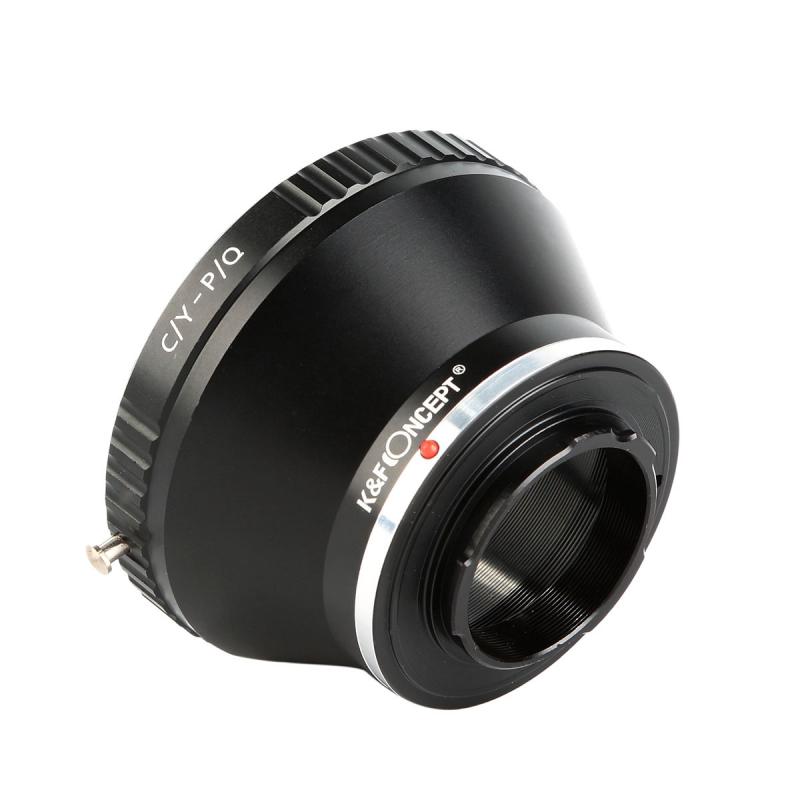
4、 Load capacity and compatibility with your equipment
When buying a tripod, there are several factors to consider to ensure you make the right choice. One of the most important factors is the load capacity of the tripod. This refers to the maximum weight that the tripod can support without compromising stability. It is crucial to choose a tripod that can handle the weight of your camera and any additional equipment you may use, such as a telephoto lens or external flash. Overloading a tripod can lead to instability and potential damage to your equipment.
Compatibility with your equipment is another key consideration. Tripods come with different types of mounting plates and heads, so it is essential to ensure that your camera and other accessories can be securely attached to the tripod. Check if the tripod has a standard 1/4-inch screw mount, which is the most common type used in cameras. Additionally, consider the type of head the tripod has, such as a ball head or a pan-tilt head, and choose one that suits your shooting style and needs.
In recent years, there has been a growing trend towards lightweight and compact tripods. These tripods are designed to be portable and easy to carry, making them ideal for travel and outdoor photography. However, it is important to strike a balance between portability and stability. While a lightweight tripod may be convenient to carry, it may not provide the same level of stability as a heavier one. Consider the type of photography you do and choose a tripod that offers the right balance between portability and stability for your needs.
In conclusion, when buying a tripod, it is crucial to consider the load capacity and compatibility with your equipment. Additionally, take into account the latest trends in tripod design, such as lightweight and compact options, while ensuring that stability is not compromised. By considering these factors, you can make an informed decision and choose a tripod that will meet your photography needs.
